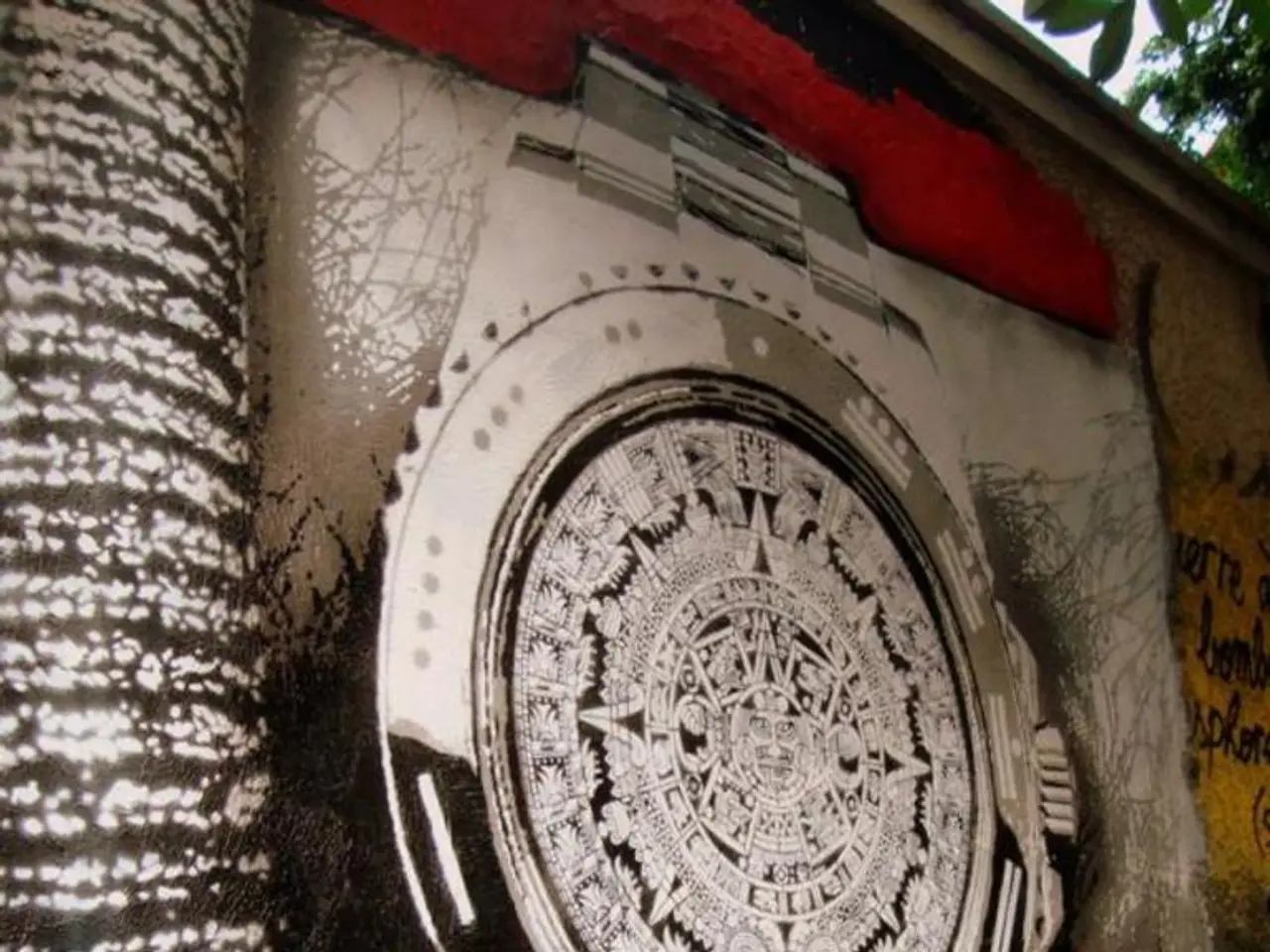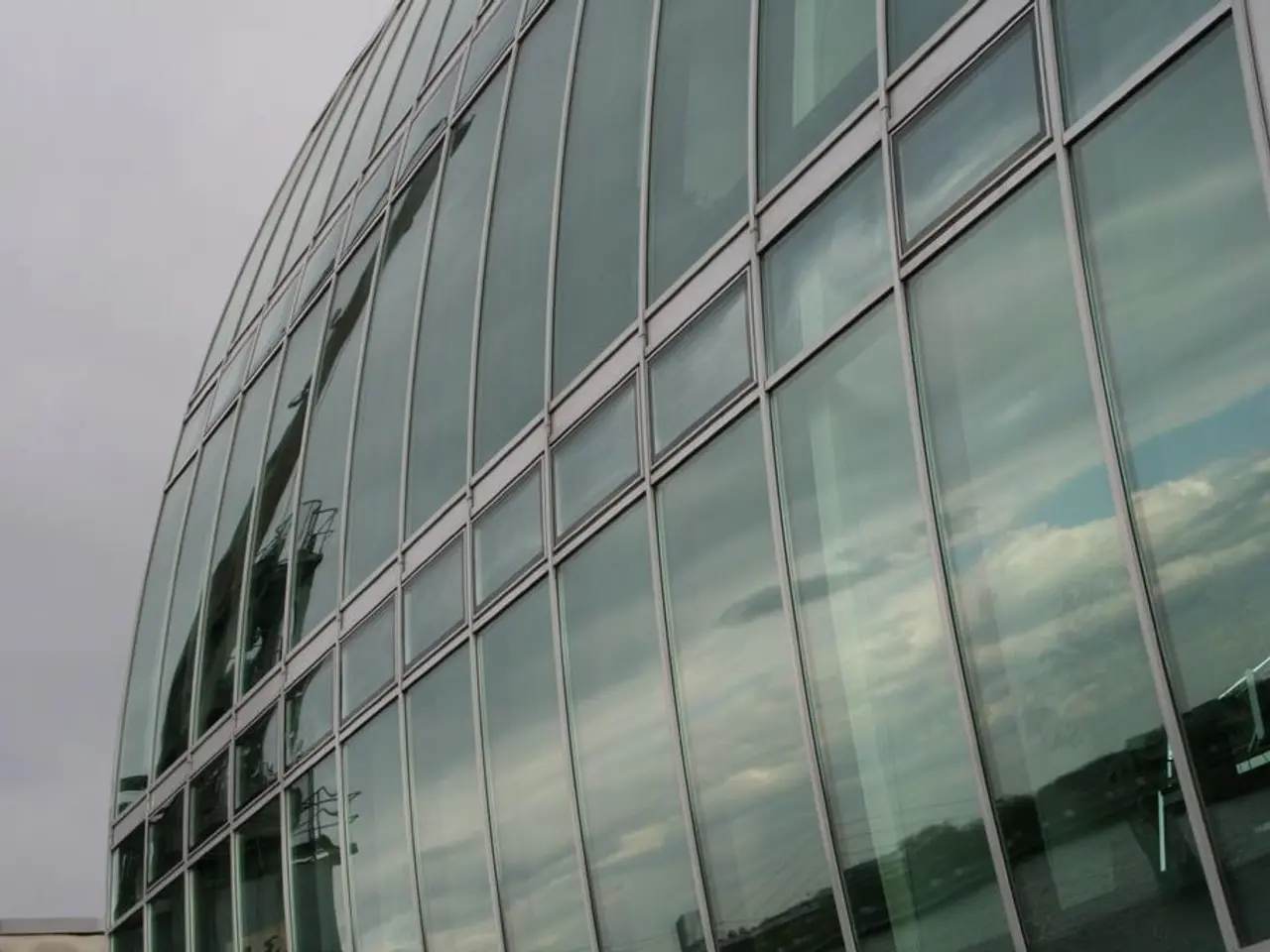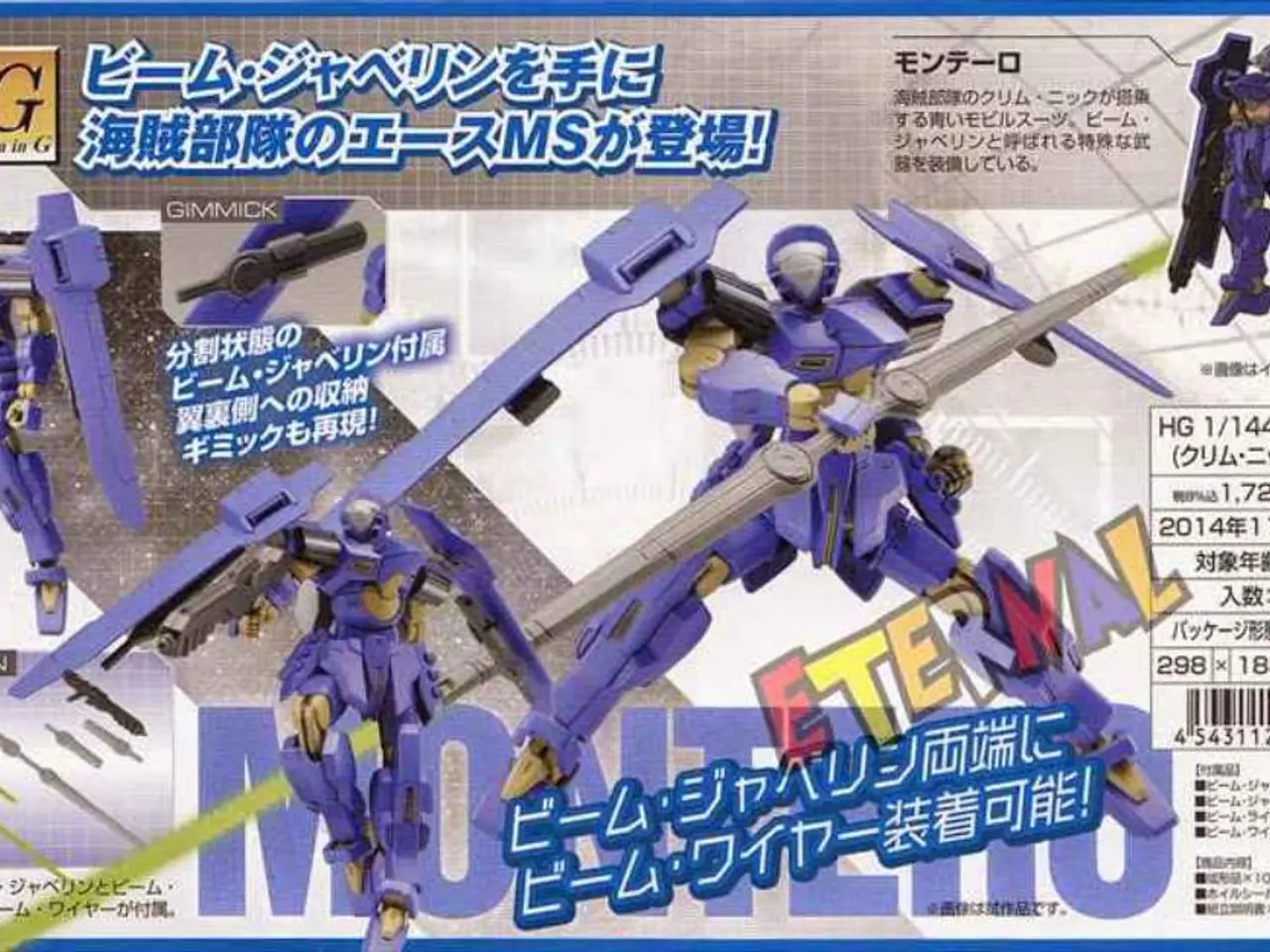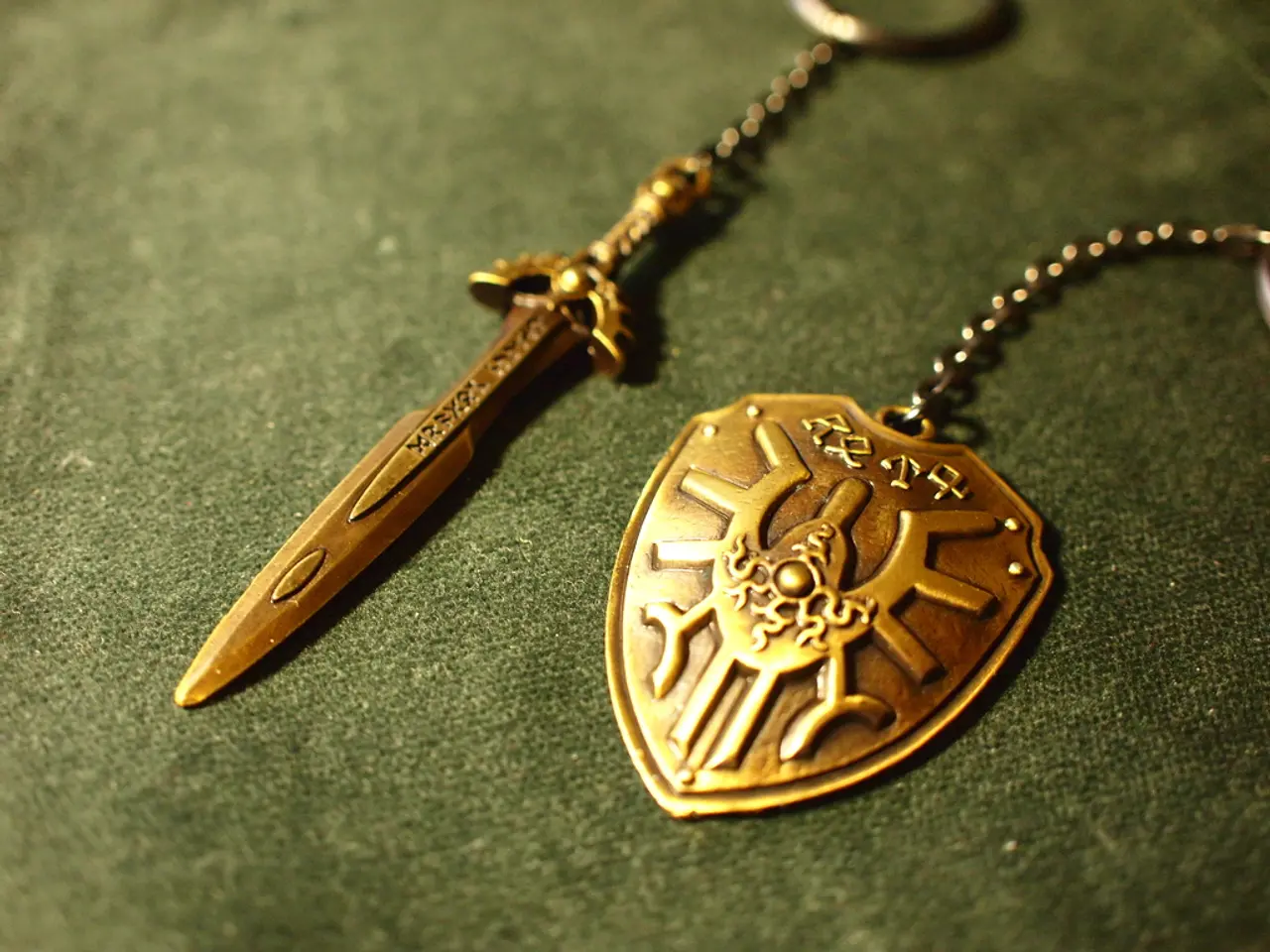Streamlined Symbol: Essential Features for Contemporary Identification in Business Development
In today's branding landscape, minimalist logos have gained popularity for their sleek aesthetics and straightforward communication. These badass designs strip away the fluff to create powerful visual identities that leave a lasting impact on audiences. Minimalist logos focus on what truly matters, utilizing limited colors, simple shapes, and careful negative space to pack a punch.
Minimalism ain't just about looking cool – it serves practical purposes for brands navigating the complicated modern world. You'll see these no-frills designs hold their ground across diverse mediums, from teeny mobile icons to massive billboards. This adaptability makes minimalist logos a valuable asset for businesses jockeying for recognition in overcrowded marketplaces.
Creating an unforgettable minimalist logo takes brains and brawn. You gotta lock in on your brand's core message and values, then kick out anything that don't contribute to the overall vibe. The best minimalist logos look easy-breezy, but they actually come from grueling design processes that distill a brand's essence into its purest form.
Fundamentals:
- Minimalist logos use essential elements to create powerful, recognizable brand identities across all platforms.
- Designing minimalist logos requires strategic elimination of unneeded elements while maintaining focus on the core message.
- The simplicity of minimalist logos results in timeless designs that adapt to changing trends and technological environments.
So, What Exactly is a Minimalist Logo?
Minimalist logos shed unnecessary crap, creating clean and impactful brand identifiers that talk the talk, no matter where they're displayed. They embody the "less is more" philosophy while maintaining strong brand recognition.
Minimalist Design, Defined:
Minimalism in logo design prioritizes simplicity, clarity, and the strategic elimination of decorative elements that don't contribute to the core message. A minimalist logo can take the shape of a wordmark (all text) or include a simple symbol alongside a minimal amount of text. The approach emphasizes using only what's needed to communicate your brand's identity.
This design philosophy owes its roots to the broader minimalist art movement, but it's found a second life in modern branding. Rather than seeing minimalism as a limitation, it's more insightful to see it as a deliberate choice to pare down a brand's visual identity to its core elements.
You'll see minimalist logos buzzing around tech companies, where they symbolize clean code and user-friendly interfaces.
Minimalist Logo Characteristics:
- Simple color palette: Typically, minimalist logos use 1-3 colors maximum, often opting for black and white or monochromatic schemes.
- Modern typography: Sans-serif fonts are popular due to their sharp lines and modern look, though carefully selected serif fonts can work as well.
- Abundant negative space: Smart use of empty space creates breathing room around design elements, helping guide the viewer's eye.
- Basic geometric shapes: Circles, squares, and lines make up the basis of many minimalist logos.
- Reduced elements: Each component has a purpose-nothing unnecessary lingers in the final design.
Make sure your minimalist logo stays recognizable, even when reduced to small sizes, like app icons or billboards.
Reasons to Love Minimalist Logos:
- Adaptability: Minimalist logos hold their own across various mediums, ensuring clarity whether displayed on a smartphone screen or a billboard.
- Longevity: These designs tend to stand the test of time, adapting well to changing design trends and technological environments.
- Lower production costs: Reduced color schemes mean lower printing costs, plus simple designs reproduce well across various materials and applications.
- Easy communication: Minimalist logos relay information quickly, allowing viewers to grasp your brand identity promptly.
That's a Wrap:Minimalist logos take center stage in the branding world, thanks to their simplicity, adaptability, and timeless appeal. By distilling your brand's essence into its purest visual form, you can create a logo that communicates your message powerfully, all while looking cool as a cucumber.
Sources:[1] https://www.freelogodesign.org/blog/why-minimalism-matters[2] https://www.moby-design.com/design-resources/minimalist-logo-design[3] https://www.mustard.co.uk/how-to-create-a-minimalist-logo/[4] https://www.values-first.com/built-to-scale-7-simple-steps-to-create-effectively-minimalist-logos-for-your-startup/[5] https://www.twicsy.com/blog/minimalist-logo-design-the-most-used-colors-and-typography-families-used-in-minimalist-logos/
Minimalist logos, in essence, strip away unnecessary elements to create clean and impactful brand identifiers that communicate effectively across all platforms. This design philosophy, mirroring the "less is more" principle, prioritizes simplicity, clarity, and the strategic elimination of decorative elements that do not contribute to the core message. A minimalist logo can manifest as a wordmark (all text) or include a simple symbol alongside a minimal amount of text, with the goal of using only what's necessary to convey the brand's identity. These logos draw inspiration from the broader minimalist art movement and are commonly associated with modern branding, particularly in technology companies. Minimalist logos typically feature a simple color palette, modern typography, abundant negative space, basic geometric shapes, and reduced elements, ensuring adaptability, longevity, lower production costs, and easy communication.




